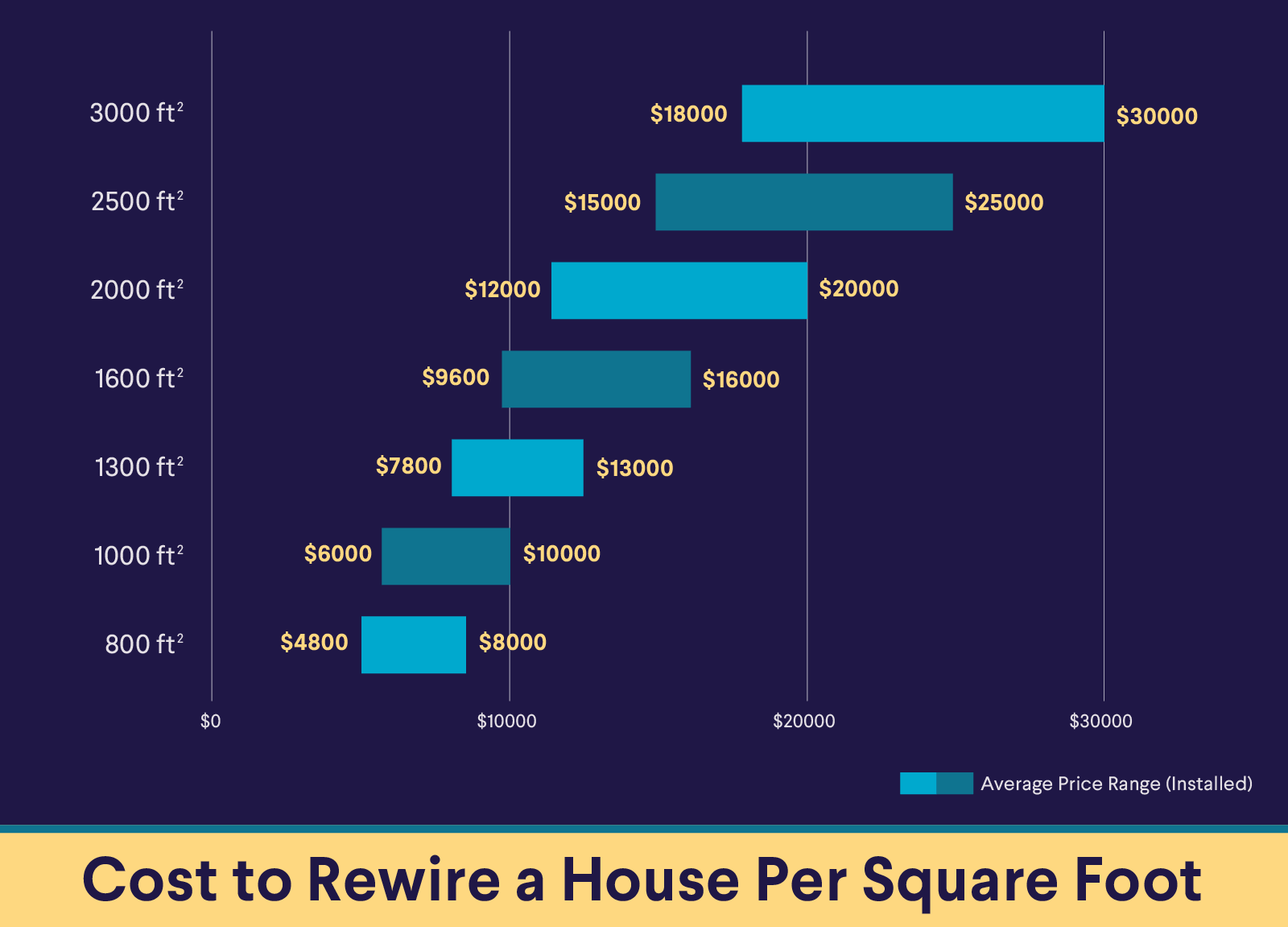Choosing Your Retirement Date: Here’s What You Should Know
Choosing a retirement date is one of the most important financial decisions you’ll ever make. Your retirement date can determine how much money you’ll need to save to achieve your desired lifestyle — and how many years that money will need to last.
Selecting an optimal retirement date isn’t an exact science. Instead, it involves looking at a number of different factors to determine when you can realistically retire. Whether you’re interested in retiring early or delaying retirement to a later age, it’s important to understand what can influence your decision.
The Importance of Your Retirement Date
When preparing to retire, the date you select matters for several reasons. First, your retirement date can influence other financial decisions, including:
• When you claim Social Security benefits
• How much of your retirement savings you’ll draw down monthly or annually
• In what order you’ll withdraw from various accounts, such as a 401(k), Individual Retirement Account (IRA), pension, or annuity
• How you’ll pay for health care if you’re retiring early and not yet eligible for Medicare
• Whether you’ll continue to work on a part-time basis or start a business to generate extra income
These decisions can play a part in determining when you can retire based on what you have saved and how much money you think you’ll need for retirement.
It’s also important to consider how timing your retirement date might affect things like taxes on qualified plans or the amount of benefits you can draw from a defined benefit plan, if you have one.
If your employer offers a pension, for example, waiting until the day after your first-day-of-work anniversary adds one more year of earnings into your benefits payment calculation.
Likewise, if you plan to retire in the year you turn 59 ½, you’d want to wait until six months after your birthday has passed to withdraw money from your 401(k) in order to avoid a 10% early withdrawal penalty on any distributions you take.
Get a 1% IRA match on rollovers and contributions.
Double down on your retirement goals with a 1% match on every dollar you roll over and contribute to a SoFi IRA.1
1Terms and conditions apply. Roll over a minimum of $20K to receive the 1% match offer. Matches on contributions are made up to the annual limits.
💡 Quick Tip: Want to lower your taxable income? Start saving for retirement with a traditional IRA. The money you save each year is tax deductible (and you don’t owe any taxes until you withdraw the funds, usually in retirement).
Choosing Your Date for Retirement
There are many questions you might have when choosing the best retirement date: What is the best day of the month to retire? Is it better to retire at the beginning or end of the year? Does it matter if I retire on a holiday?
Weighing the different options can help you find the right date of retirement for you.
End of the Month
Waiting to retire at the end of the month could be a good idea if you want to get your full pay for that period. This can also eliminate gaps in pay, depending on when you plan to begin drawing retirement benefits from a workplace plan.
If you have a pension plan at work, for example, your benefits may not start paying out until the first of the following month. So, if you were to retire on the 5th instead of the 30th, you’d have a longer wait until those pension benefits showed up in your bank account.
Consider End of Pay Period
You could also consider waiting to the end of the pay period if you don’t want to go the whole month. This way, you can draw your full pay for that period. Working the entire pay period could also help you to accumulate more sick pay, vacation pay, or holiday pay benefits toward your final paycheck.
Lump Sums Can Provide Cash
If you’ve accumulated unused vacation time, you could cash that out as you get closer to your retirement date. Taking a lump sum payment can give you a nice amount of cash to start your retirement with, and you don’t have to worry about any of the vacation time you’ve saved going unused.
Other Exceptions to Consider
In some cases, your retirement date may be decided for you based on extenuating circumstances. If you develop a debilitating illness, for example, you may be forced into retirement if you can no longer perform your duties. Workers can also be nudged into retirement ahead of schedule through downsizing if their job is eliminated.
Thinking about these kinds of what-if scenarios can help you build some contingency plans into your retirement plan. Keep in mind that there may also be different rules and requirements for retirement dates if you work for the government versus a private sector employer.
Starting a Retirement Plan
The best time to start planning for retirement is yesterday, as the common phrase says, and the next best time is right now. If you haven’t started saving yet, it’s not too late to begin building retirement wealth.
An obvious way to do this is to start contributing to your employer’s retirement plan at work. This might be a 401(k) plan, 403(b), or 457 plan depending on where you work. You may also have the option to save in a Simplified Employee Pension (SEP) IRA or SIMPLE IRA if you work for a smaller business. Any of these options could help you set aside money for retirement on a tax-advantaged basis.
If you don’t have a workplace retirement plan, you can still save through an IRA. Traditional and Roth IRAs offer different types of tax benefits; the former allows for tax-deductible contributions while latter offers tax-free qualified distributions. You could also open a SEP IRA if you’re self-employed, which offers higher annual contribution limits.
If you decide to start any of these retirement plans, it may be helpful to use a retirement calculator to determine how much you need to save each month to reach your goals. Checking in regularly can help you see whether you are on track to retire or if you need to adjust your contributions or investment targets.
💡 Quick Tip: Can you save for retirement with an automated investment portfolio? Yes. In fact, automated portfolios, or robo advisors, can be used within taxable accounts as well as tax-advantaged retirement accounts.
Retirement Investing With SoFi
Choosing a retirement date is an important decision, but it doesn’t have to be an overwhelming one. Looking at the various factors that can influence how much you’ll need to save and your desired lifestyle can help you pin down your ideal retirement date. Reviewing contributions to your employer’s retirement plan and supplementing them with contributions to an IRA can get you closer to your goals.
Not everyone’s journey to retirement is going to look the same, so you should weigh your options. Think about your goals, and what tools you can use to help you reach them. If you need guidance, it may be a good idea to speak with a financial professional.
Ready to invest for your retirement? It’s easy to get started when you open a traditional or Roth IRA with SoFi. SoFi doesn’t charge commissions, but other fees apply (full fee disclosure here).
FAQ
Is it better to retire at the beginning or end of the month?
Retiring on the last day of the month is typically the best option. This enables you to collect all your paychecks during this period. You may also benefit from collecting any holiday pay that might be offered by your employer for that month. As a note, it doesn’t necessarily matter if the last day of the month is a work day for you.
What is the best day to retire?
The best day to retire can be the end of the month or the end of the year, depending on how pressing your desire is to leave your job. If you can wait until the very last day of the year, for example, you can collect another full year of earnings while maxing out contributions to your workplace retirement plan before you leave.
Is my retirement date my last day of work?
Depending on how your employer handles payroll, your retirement date is usually the day after your last day of work or the first day of the next month following the date you stop working.
About the author
You may also be interested in:
Photo credit: iStock/Tatomm
SoFi Invest® INVESTMENTS ARE NOT FDIC INSURED • ARE NOT BANK GUARANTEED • MAY LOSE VALUE
1) Automated Investing and advisory services are provided by SoFi Wealth LLC, an SEC-registered investment adviser (“SoFi Wealth“). Brokerage services are provided to SoFi Wealth LLC by SoFi Securities LLC.
2) Active Investing and brokerage services are provided by SoFi Securities LLC, Member FINRA (www.finra.org)/SIPC(www.sipc.org). Clearing and custody of all securities are provided by APEX Clearing Corporation.
For additional disclosures related to the SoFi Invest platforms described above please visit SoFi.com/legal.
Neither the Investment Advisor Representatives of SoFi Wealth, nor the Registered Representatives of SoFi Securities are compensated for the sale of any product or service sold through any SoFi Invest platform.
Financial Tips & Strategies: The tips provided on this website are of a general nature and do not take into account your specific objectives, financial situation, and needs. You should always consider their appropriateness given your own circumstances.
Claw Promotion: Customer must fund their Active Invest account with at least $25 within 30 days of opening the account. Probability of customer receiving $1,000 is 0.028%. See full terms and conditions.
SOIN-Q224-1881522-V1














